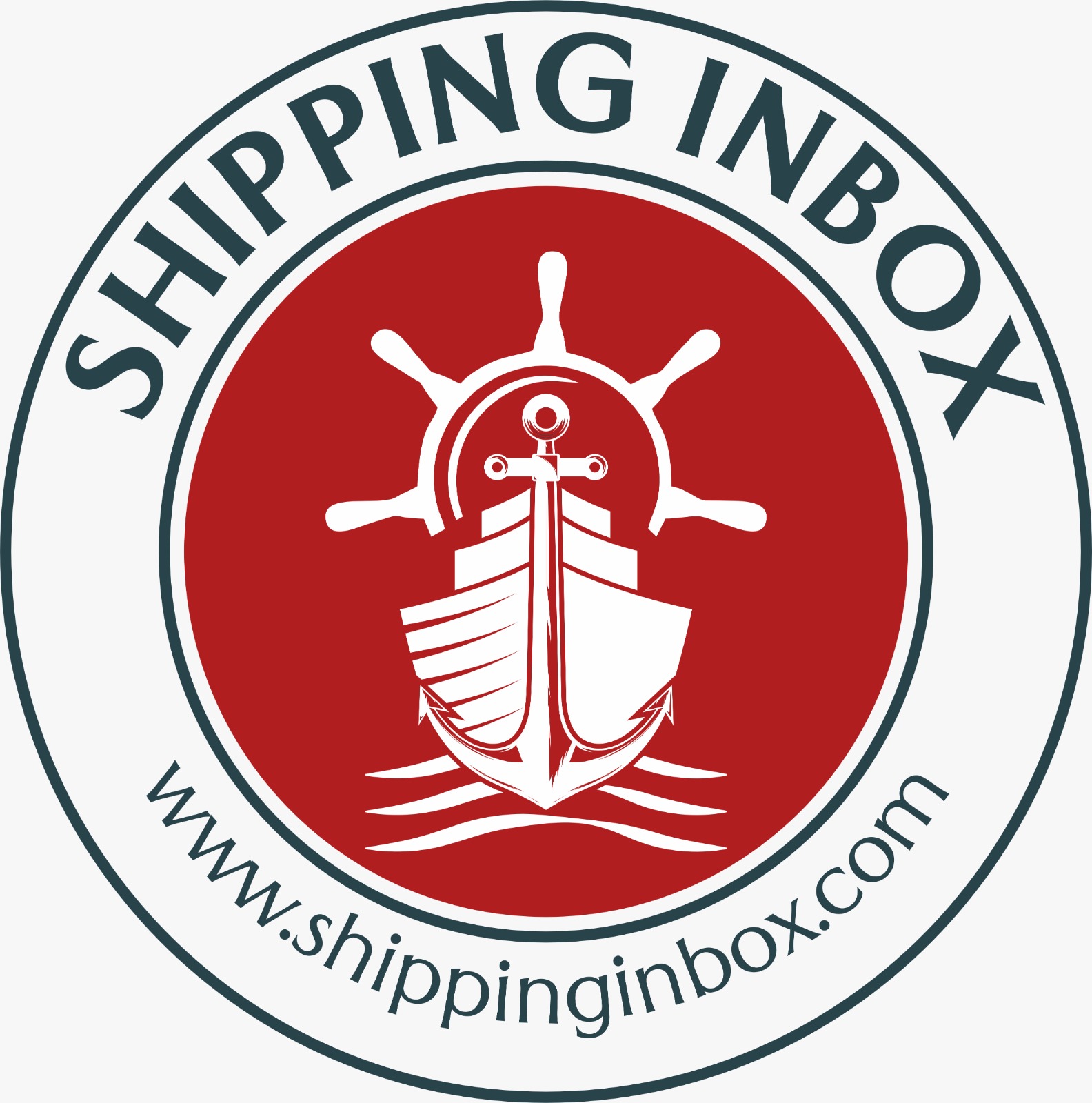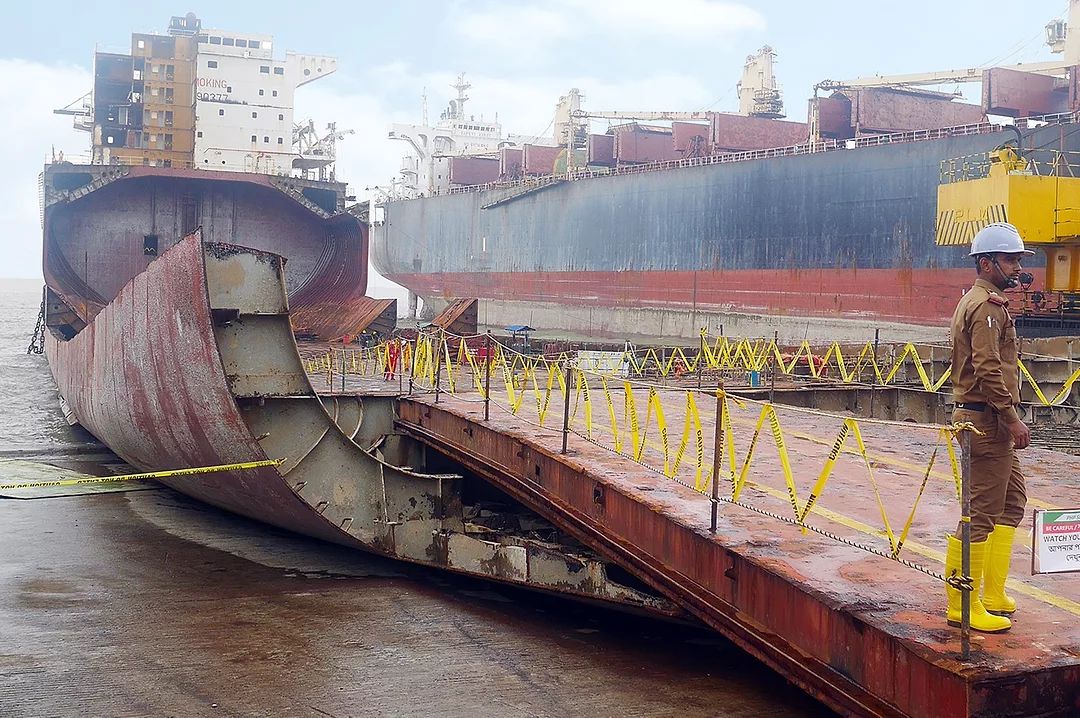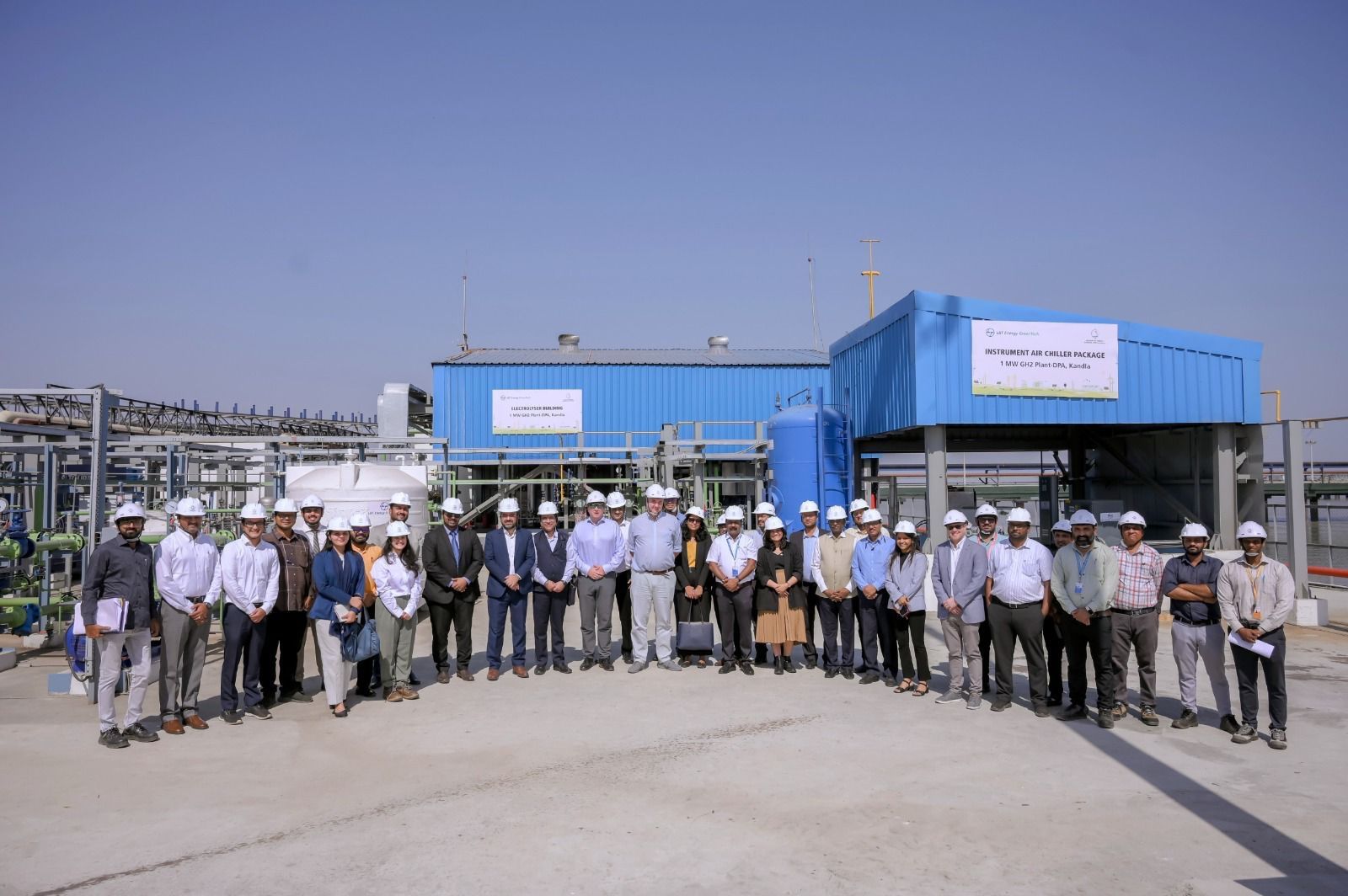Trump Floats Idea of Buying Ships from Foreign Allies Amid Struggles of U.S. Shipbuilding Industry
In a move that signals frustration with the pace and capability of America’s shipbuilding sector, former President Donald Trump suggested the United States may need to turn to foreign companies to produce vessels for both commercial and naval purposes. The statement came shortly after Trump issued a sweeping executive order aimed at overhauling the stagnant American shipbuilding industry — a sector he described as lagging “ridiculously” behind China, whose shipbuilding capacity has been estimated to be 200 times greater than that of the U.S.

Speaking to reporters on Thursday, Trump made the surprise declaration while laying out his vision for revitalizing American naval strength and industrial competitiveness.
“We may order — would have to go to Congress for this — but we may buy some ships from other countries that we’re close to and do great jobs with ships,” Trump said. “But we’re going to start the process of rebuilding. We don’t really essentially build ships anymore, which is ridiculous.”
Trump did not specify whether his remarks referred to commercial ships, naval warships, or both, though the context strongly suggested concerns about military readiness, especially in light of China’s rapidly growing navy. Analysts have long warned of the United States’ diminishing edge in naval power, a gap now becoming increasingly urgent amid tensions in the Indo-Pacific and mounting geopolitical competition with Beijing.
“It’s going to be very big business for us in the not-too-distant future,” Trump added. “But in the meantime, we have countries that do very well at building ships, and we’ll be dealing with those countries. So we may be ordering top-of-the-line ships from those countries. And within a fairly short period of time, we’ll be building our own ships.”
The comments, while vague, appear to reflect a growing interest in leveraging the shipbuilding expertise of key U.S. allies such as South Korea and Japan — nations that have long been recognized for their cutting-edge maritime engineering and large-scale ship production capacity. Both countries currently build destroyers and other vessels that are similar in design and functionality to those in the U.S. Navy, including ships based on the Arleigh Burke-class destroyer — the mainstay of the American surface fleet.
Requests for clarification from the White House about the nature of Trump’s proposal, including whether any specific deals or discussions are underway, went unanswered. However, the implications are significant, both economically and strategically.
South Korea has already taken steps into the U.S. naval domain. Hanwha Ocean Co., a major South Korean shipbuilder, recently acquired the Navy shipyard in Philadelphia and secured the country’s first contract to overhaul a U.S. Navy vessel. The deal marked a milestone in U.S.-Korean defense cooperation and sparked discussion about the future of international partnerships in military shipbuilding.
Meanwhile, HD Hyundai Heavy Industries — Hanwha’s main competitor — reportedly submitted a shipbuilding proposal to the U.S. government earlier this year, according to Chosun Ilbo, a leading South Korean news outlet. While details remain sparse, the move indicates growing foreign interest in participating directly in U.S. naval procurement efforts.
Defense experts say that tapping into South Korea and Japan’s production capacity could provide a short-term boost to U.S. naval power while domestic shipyards work to ramp up.
“South Korea and Japan are in a unique position to help the United States,” said Bryan Clark, a senior fellow at the Hudson Institute specializing in naval operations. “They have the facilities, workforce, and design expertise to either produce ships outright or build major components to be assembled in the U.S. This approach could significantly shorten timelines.”
The idea of outsourcing shipbuilding for military purposes remains controversial, however, raising concerns about security, supply chain integrity, and the erosion of critical industrial capabilities. Congressional approval would be required for any major purchases of foreign-built ships for military use, and lawmakers are likely to weigh national security implications carefully.
Still, Trump’s plan may receive some bipartisan interest, especially in light of recent Pentagon reports warning that the U.S. industrial base is unprepared for prolonged maritime conflict. The Navy’s own shipbuilding pipeline has been plagued by delays, cost overruns, and aging infrastructure, with American yards struggling to meet demand for everything from aircraft carriers to auxiliary supply ships.
In comparison, China has dramatically expanded its naval fleet in recent years, launching dozens of new warships annually while investing heavily in shipyard modernization. The Chinese navy is now the world’s largest by number of hulls, a development that has alarmed U.S. defense planners and sparked calls for urgent action.
Trump’s executive order, signed earlier this week, aims to address some of these shortcomings by increasing investment in domestic shipbuilding, streamlining regulations, and incentivizing private-sector innovation. However, the results of such initiatives will likely take years to materialize — too long, critics argue, given the current strategic environment.
In the meantime, Trump’s proposal to look abroad for help could offer a stopgap solution. It would also mark a significant shift in how the United States approaches military procurement — one that blends international cooperation with renewed domestic ambition.
“We’re not going to have a problem,” Trump said confidently. “We’re going to do what we need to do to keep our Navy strong, our shipping strong. And we’re going to do it fast.”
Whether that means American warships bearing foreign hallmarks remains to be seen, but for now, the message from Trump is clear: if the U.S. can’t build fast enough, it may need to buy — and build — with the help of trusted allies.
Author: shipping inbox
shipping and maritime related web portal








